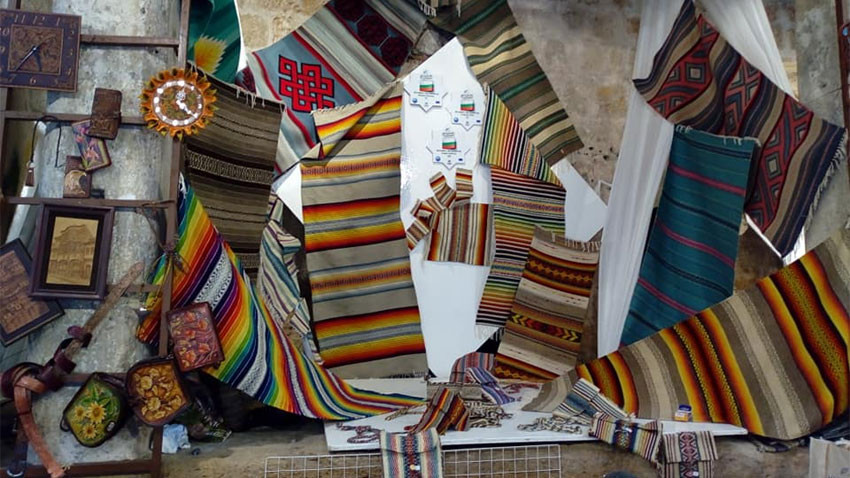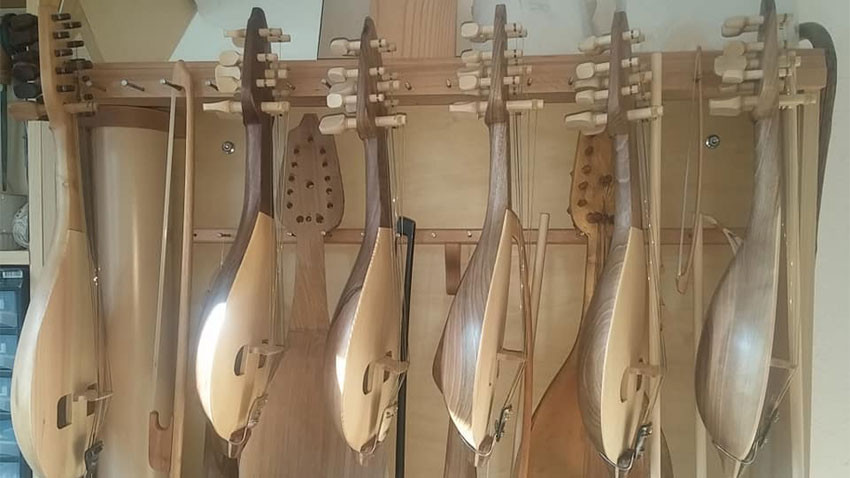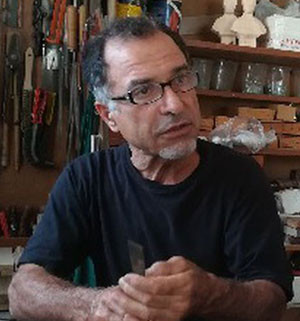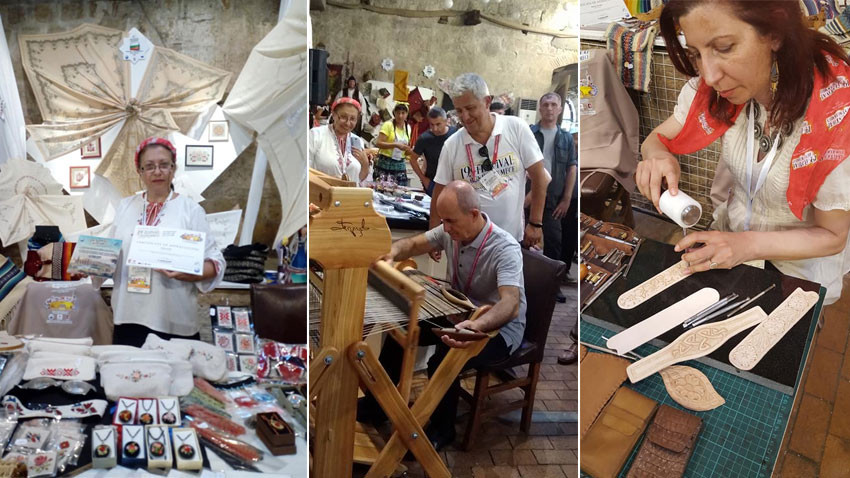Bulgarians have always had a taste for beauty and although they have often lived very modestly, they use many exquisite items inherited from ancestors, made by themselves or by the skillful hand of a craftsman. These also include hand-woven rugs, blankets and carpets with picturesque ornaments.

Conscious of the necessity of preserving and handing over crafts to future generations, in 1967, the Council of Ministers created the National Association of Craftsmen and a year later, craftsmen in the city of Rousse also joined forces to present their art at all national and international events organized by the association. More recently, the craftsmen from the Danube city created a non-profit association with the mission to preserve the unique culture of Bulgarian people by studying and recreating local traditions and objects from the regions along the Danube. Thus, in 2013, the "Danube Society of Folk Art and Crafts" was born. It includes craftsmen of musical instruments, icon painters, masters of ceramics, knitting, carving, etc.

 “The organization has its own complex of workshops. With a lot of effort, we try to restore it and use it to develop cultural tourism. The site is already included in one of the tourist routes developed by the Ministry of Tourism and the results are wonderful,” one of the founders, wood-carver Angel Mitrofanov says. After 15 years of waiting, in 2016 Rousse Municipality granted 28,000 euros, used for repairing the craftsmen’s workshops. Center "Siones" - an organization that has been operating for public benefit, has restored at its own expense an old house in the courtyard of the complex, with carved ceilings made 2 centuries ago by Tryavna craftsmen. Today, it is home to some of the workshops. According to Mitrofanov, the future of crafts is in a kind of an open-air museum, following the example of the ethnographic complex of Etar near Gabrovo, in which the craftsmen show their skills to Bulgarian and foreign tourists. In the "open-air workshop", people could learn more about the details of crafts such as artistic leather processing, copper work and ironmongery that popular in the city. However, both money and people are needed to do this:
“The organization has its own complex of workshops. With a lot of effort, we try to restore it and use it to develop cultural tourism. The site is already included in one of the tourist routes developed by the Ministry of Tourism and the results are wonderful,” one of the founders, wood-carver Angel Mitrofanov says. After 15 years of waiting, in 2016 Rousse Municipality granted 28,000 euros, used for repairing the craftsmen’s workshops. Center "Siones" - an organization that has been operating for public benefit, has restored at its own expense an old house in the courtyard of the complex, with carved ceilings made 2 centuries ago by Tryavna craftsmen. Today, it is home to some of the workshops. According to Mitrofanov, the future of crafts is in a kind of an open-air museum, following the example of the ethnographic complex of Etar near Gabrovo, in which the craftsmen show their skills to Bulgarian and foreign tourists. In the "open-air workshop", people could learn more about the details of crafts such as artistic leather processing, copper work and ironmongery that popular in the city. However, both money and people are needed to do this:
“Young people show interest in traditional crafts, but when they see that there is no realization and income are low, they give up,” Angel Mitrofanov says. When the craftsman is gone, the craft is gone with him, as there is no one before us and after us.”

The lack of people to convey their knowledge to does not discourage artisans from the Danube association and they continue to win prizes from prestigious festivals in the field of applied art. In July and August this year, they took part in the 31st Festival of Traditional Embroidery in Turkey and at the 19th Büyükçekmece International Culture and Arts Festival, which was attended by over 1350 artists from 64 countries, including 160 craftsmen. Bulgarian Veselin Feschiev attracted the attention with the exquisite rugs he weaves on a loom, while Boryana Mocheva and Krassimir Sivov created aesthetic delight for visitors’ eyes through their leather engravings.
English: Alexander Markov
Photos: dunavskazadruga.weebly.comThe first day of January is a day filled with emotions and joyful anticipation of a prosperous year in which all family members will be healthy and will make all their dreams come true. In the traditional Bulgarian calendar, 1 January is known as..
On the first day of the incoming 2025, the small town of Razlog in the Pirin Mountain will wake up to the sound of bells, zurnas and drums . Traditionally, the colorful Kukeri festival "Starchevata" will begin at 11:00 a.m. on the central square..
Every holiday has its own flavour, its own 'clothes' and its own tunes. Christmas is no different. "Little is known about traditional Bulgarian carols and their purpose, little is said, and even the wrong things are said. But the most important thing is..

+359 2 9336 661
